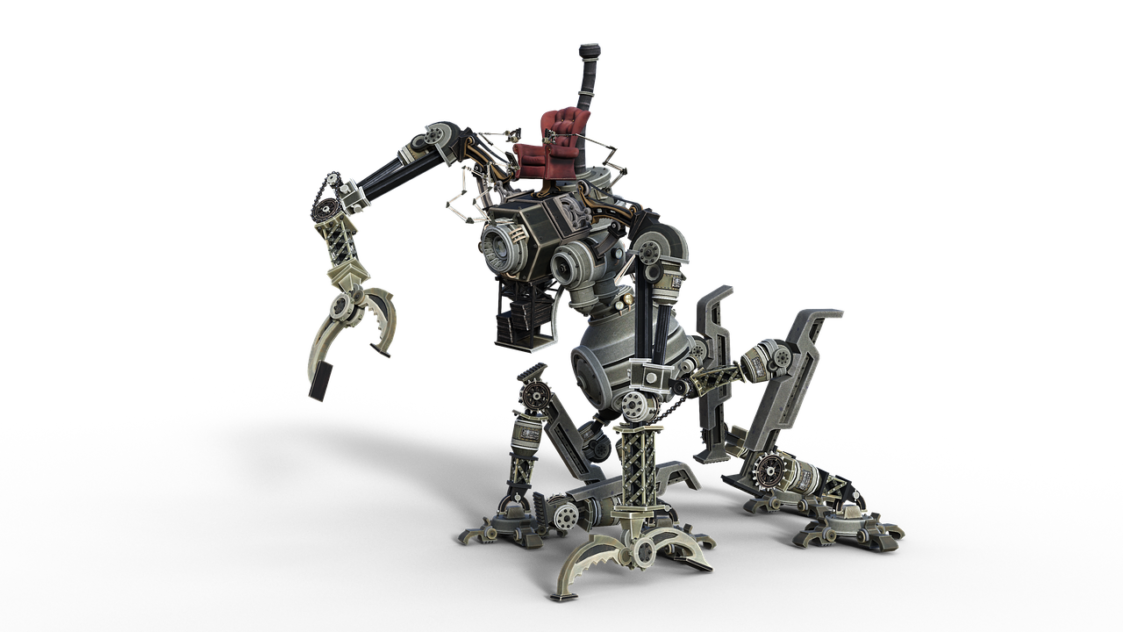It is a well-known fact that everything created with our own hands seems to be the best. When we create something on our own, we develop our initiative, learn to think outside the box, and use the well-known experience of learning from our mistakes. And when the result is achieved, we have a sense of satisfaction with the work we’ve done.
Recently, two researchers at the University of Pennsylvania’s Media Effects Research Laboratory wanted to find out if this effect applied to robots. Yuan Sun and S. Shyam Sundar conducted a series of experiments and presented the results at an international conference on human-robot interaction.

The researchers recruited 80 high school students to participate in a robot assembly study. The goal was to determine how their perceptions of the robot changed depending on whether they were introduced to it by an instructor or participated in assembling the robot themselves. One group of upperclassmen received a robot, which they had to equip with a battery, connect to a computer, and run through a simple software installation process, while the other group observed the experimenters. Then, both groups had to interact with the robot for 5 to 10 minutes. All seniors then completed a questionnaire with questions about responsibility and the setup process.
The results clearly showed that robot users had a more pronounced sense of self-importance when they were involved in building the robot, which generated more positive evaluations of the robot and the process of interacting with it. Assembling the robot evoked the same positive effect that people get when assembling cabinet furniture and creating their own products, as if to say, “I did it myself.
The sense of ownership is an important factor in the increased value of the robot. By setting up the robot and getting to know the inner workings, rather than just interacting with a pre-assembled version of the robot, people do get a sense of ownership, which has positive consequences for the quality of the robot as well as its interaction with users.
